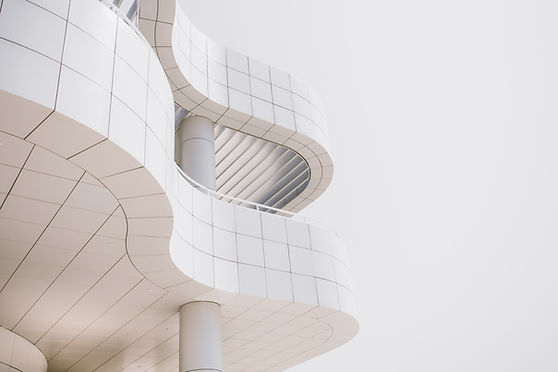The Case of Dubai
- Momoko

- Oct 22, 2021
- 2 min read
The tallest skyscrapers are developing Dubai but destroying the world.
By: Momoko 11.1

An overlooking view of Dubai from the observation deck of the Burj Khalifa.
Dubai has seen a dramatic change over the past few years, from a dried-up desert with sand dunes to a megacity with shiny skyscrapers. Dubai is famous for its rapid growth into one of the most popular and diversified tourism spots with many unique landmarks: the tallest building, the most luxurious hotel, the most expensive shopping mall in the world. However, behind its glorious success in tourism, many social and environmental issues are hidden.
Dubai is a city located in the United Arab Emirates (UAE), about an hour and thirty minutes away from its capital city of Abu Dhabi. 50 years ago, Dubai was one fishing village among many in the middle of a hot desert. However, the population increased significantly with a growth rate of over 500% in this half-century. How has this happened? The key to this success is linked to petrodollars; the money gained by the exportation of oil. Oil production is a common business in the Middle East, and Dubai has also discovered oil underground. Dubai was able to gain plentiful income from exporting it. The sudden shift from a desert to a sea of money allowed the transportation system to develop. Due to its perfect location close to the sea, it flourished as a busy port in the Middle East.
There were many positive effects on the country including the development of tourism, an increasing number of office workers, and improvement of the standard of living. On the other hand, the fast-paced population growth has also resulted in some serious issues. The major problem is the production of carbon dioxide. Developing a city in a hot and dry climate requires a lot of energy. The carbon footprints are now resulting in some species going extinct, causing air pollution and desertification. Furthermore, an artificial island called palm island is ‘indirectly’ affecting the whole ecosystem in the ocean, told by a resident of Dubai. By building the palm island, people could get beautiful scenery and earn money from constructing hotels on top of the sea. Despite this, it has destroyed coral reefs that were once home to thousands of marine lives. It has also interrupted the natural processes in the ocean causing many marine organisms to be killed.
It is not only Dubai that is affecting the environment. Countless other countries have had negative impacts on the world, irrelevant to whether the country developed slowly or rapidly. Those developed countries are responsible for many factors that are destroying our planet. If people try to ignore this issue, the world would one day become an uninhabitable place. The ocean will be full of plastics and climate change will cause some places to be very dry and some places to sink underwater. As of now, Dubai is trying to reduce the emission of carbon dioxide to decrease the total amount of greenhouse gases produced. In 1990 UAE had about 32 tons of CO2 emitted per person. In 2011 it has successfully lowered the amount to 19 tons.
In conclusion, if Dubai is successful in reducing impacts on the environment, it will become truly the most beautiful tourist spot in the world.





Comments